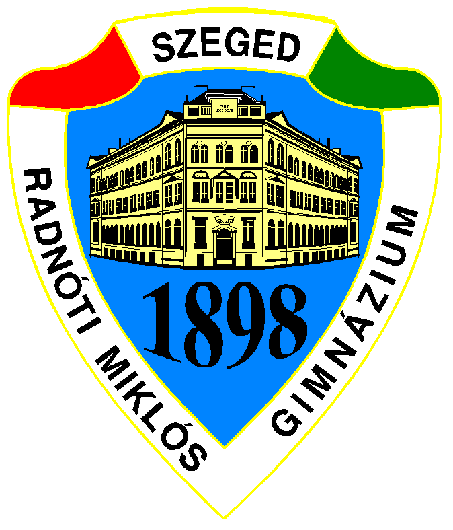METHUNGENY
About Us
We are a group of students from Miklos Radnoti Experimental High School in Szeged, Hungary. We are developing a methane biosensor by using genetically modified bacteria, thus providing an alternative method, more efficient than current methane detection technologies. Currently we are 10 students and a Mentor working on the project. We are planning to participate at the iGEM competition at MIT. Methane Sensor:Methane is the second most emitted greenhouse gas with its 10% part in the whole greenhouse gas emission. Our product would serve as an alternative to the existing infrared Methane Biosensors mostly in: industrial production (e.g. to help prevent accidents caused by mine explosions); indoor air quality supervision mainly in developing countries where households are heated by biogas plants; the exploration of yet unknown natural methane sources (e.g. in swamps). In our project we would like to develope a Methane Biosensor. The sensor itself would be a transformed Bacteria. Our system is quite basic: if there is methane (or any it's aldehyde) in the bacteria's immediate enviroment, the borth of the bacteria is going to manifast a basic color change.
mail: methungeny@gmail.com
tel: 62-548-937


Our Mentor
Sándor Bán:
"As a teacher of Biology my main purpose is to ensure an appropriately planned and organized Biology knowledge for every pupil. As a Head of Science Laboratory or Science Department my most important goal is to enhance the cooperative work of science teachers in order to carry out a well prepared Science Education for every pupil of the school / school district. I have chosen iGEM HS competition for my students because they can do science as a team work and because through this project they can have impression on how cutting edge science works nowadays"
mail: bans@rmg.sulinet.hu
Our Members











Biosafety
For our team, the security and safety measures of our project have had the highest priority. During experiments, all participants had to wear gloves, goggles and lab coats. Gloves were dropped into the aforementioned container, and of course, lab coats were worn only in the appropriate laboratories. All the disposable materials like pipette tips, Eppendorf tubes and inoculating loops connecting with microorganisms were put into a biohazard container. This container contains a strong oxidative disinfectant. In the cases of BSL1 materials, all the bacterial colonies and also the fluid cultures were handled with the same oxidative disinfectant. In our laboratory, chemicals we used has the appropriate MSDS pages. Furthermore, the important safety pictograms are found on all of the flasks and bottles at the same time. It is relevant to mention that we use non-pathogenic Methylococcus capsulatus bacteria, belonging only into BSL1 level. Nevertheless, we have a considerable caution to prevent any spreading of used living organisms, since these will be S1 genetically modified organisms. When planning and conducting experiments I try to evaluate all potential risks to human health and the environment and take all necessary precautionary measures. In our days, the prevention of harmful misuse of GMO has a great importance. That is why, we continuously pay attention on the possible harmful misuse of our research. Fortunately, we have not been able to find any aspect of our work which can be used to unwanted purposes.
Our Banner


